Compared to its more popular brothers - the cryptocurrencies Bitcoin and Ethereum, Litecoin, or "digital silver" as users call it, often gets overlooked. Different publications often ignore it. But they shouldn't. After all, this blockchain system has a huge number of users around the world and its capitalization is estimated in the billions of dollars.
"Easy Money"
Litecoin is the first Bitcoin hard fork that was successful and still exists to this day. However, despite its name and current position, the fate of this cryptocurrency has never been easy.
At one point, experts believed that this cryptocurrency would replace Bitcoin itself. There were also exactly the opposite predictions - Litecoin was predicted to completely disappear. However, Litecoin has stood the test of time and an unpredictable market. But in order to better understand the position of this coin today, let's look at its past.
The history of Litecoin
As you know, someone named Satoshi Nakamoto is behind the creation of Bitcoin. According to one version, Nakamoto is a lone programmer. Others believe that a group of people are hiding behind this name. There are a lot of rumors about this mysterious personality, but no one knows anything for sure.
Litecoin is different: it has an official creator by the name of Charles Lee. His biography is not a secret. It is known for certain that Lee permanently resides in San Francisco and was an employee of Google at one time. He currently works at Coinbase.
Charles Lee introduced Litecoin in October of 2011. The creation of altcoins contributed to the democratization and popularization of blockchain technology, so the cryptocurrency community supported this idea. It should be noted that this was a limited circle of people, so its success was very localized. Real recognition for this "digital silver" came in the spring of 2013 when Litecoin began to be seen as the main competitor to Bitcoin, and the rate of LTC rose sharply.
Litecoin's chart showed active growth and the number of users was growing. While the computing power of the network increased, everything was going just fine. But over time, more power was required to mine a new coin, and it became more difficult to receive any rewards. As a result, the number of miners decreased and the capitalization of Litecoin dropped dramatically.
Litecoin and Bitcoin
Litecoin is an open source cryptocurrency developed on Bitcoin's model, so there are many similarities between the two. At the same time, the hard fork made significant changes and so these cryptocurrencies do have many differences.
- Blocks. Bitcoin and Litecoin use the same block generation algorithm. The only difference is the hash search function. Litecoin uses the Scrypt system, but Bitcoin uses SHA-256.
- Mining. Again, due to the different cache search function, mining Bitcoin is a much more energy-intensive process than mining Litecoin.
- Addresses. The Bitcoin and Litecoin networks use address systems. The transaction is verified using public and private keys. The difference is in the number of characters that make up the key (in the case of Litecoin, it is 33 characters).
- Transaction speed. It is significantly faster in the Litecoin network: about 2.5 minutes versus 10 minutes for Bitcoin.
Advantages and disadvantages
Advantages of Litecoin:
- Relatively high network bandwidth, which makes it possible for a transaction to take only a few minutes.
- High scalability. This affects not only exchange characteristics, but also the ability of cryptocurrencies to replace conventional money. For example, this "digital silver" is already widely used in the Western world to pay for various goods and services.
- Fast block formation that attracts miners. Mining Bitcoin requires ultra-expensive equipment, but with litecoin everything is easier.
Disadvantages of Litecoin:
- Dependence on Bitcoin. Despite all of their differences, the price of Litecoin is in direct proportion to its "big brother". And apparently this situation is not going to change anytime soon.
- Low demand. Bitcoin has the largest number of users and is the "frontman" of the cryptocurrency world. Its fork is hardly capable of surpassing its parent blockchain in popularity.
- Vulnerability. As the network grows and its complexity increases, attackers have more and more opportunities to attack it. For example, by exceeding the hash rate. This is another urgent challenge that Litecoin has to face.
- Current rate. The "silver" cryptocurrency's rate is still low, which does not attract investors.
Litecoin mining
Litecoin is a Proof-of-Work cryptocurrency and is therefore available for mining. At the beginning of the coin's existence it was enough to have a simple computer for this. Creating blocks did not require you to perform many computational operations.
Over time, the complexity of the network has increased and now more serious equipment is needed for mining. The times when a conventional system was all that you needed for mining are irrevocably gone. Now it is necessary to put together an entire mining farm.
(Modern mining farm)
Mining Litecoin on a GPU
The video card is the main tool of the miner. Moreover, the more video cards on a farm, the more blocks will be generated and, therefore, the faster the equipment will begin to pay off. No less important is the performance of the GPU: the more powerful and modern it is, the more blocks will be generated per unit of time.
Recently, cloud mining is gaining popularity. Also, LTC mining is available on ASIC or GPU farms that can be assembled by yourself.
In the latter case, the following models are best suited:
- Radeon RX-470, RX-480 or RX-580;
- GeForce GTX-1060, GTX-1070 or GTX-1080.
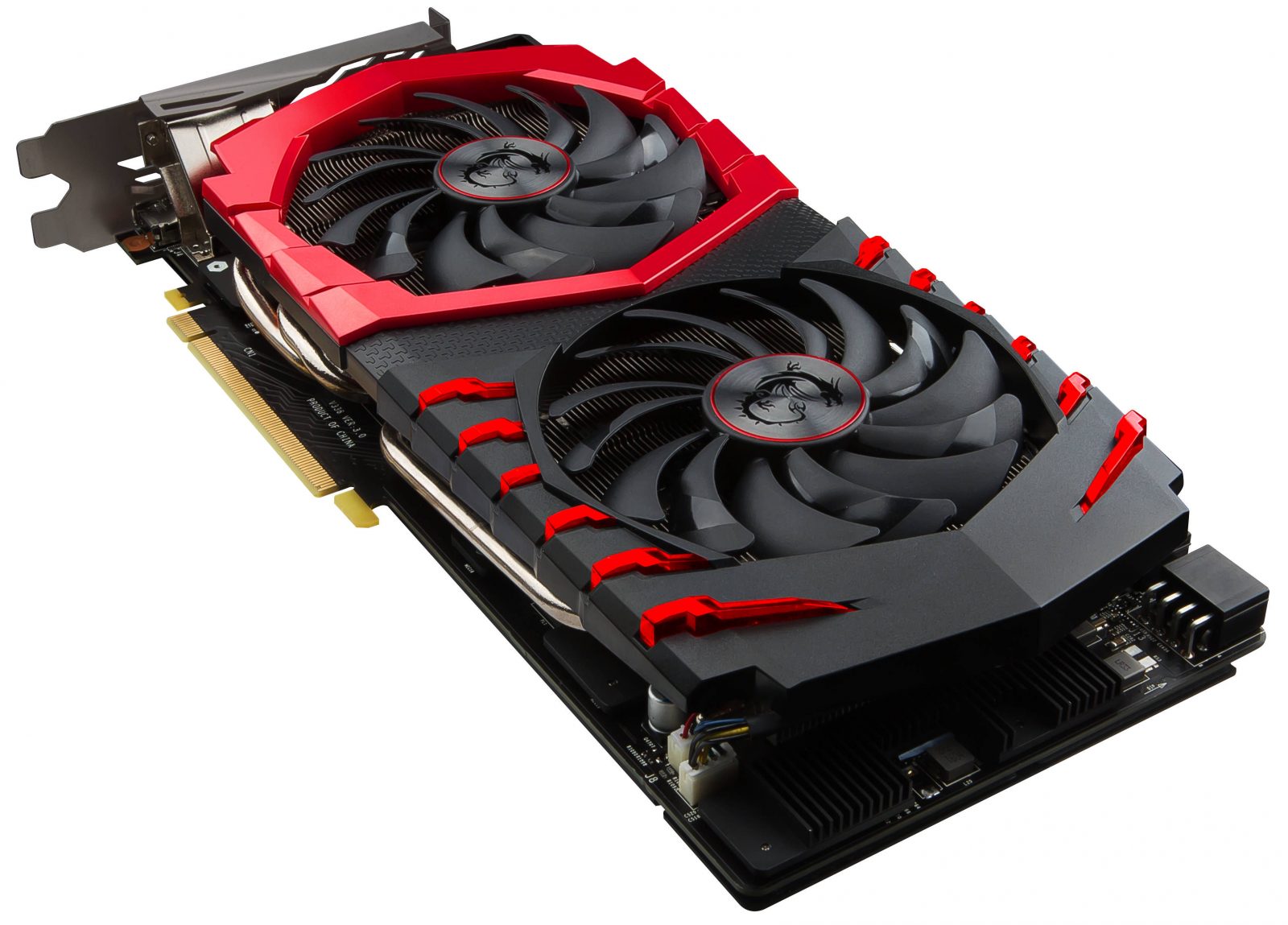
(GeForce GTX-1080, modern graphics card for mining)
Mining Litecoin on a processor
There is also the possibility of mining using a processor on the Litecoin system. At present it has a low efficiency rate and so it is advisable to use it only in addition to mining on video cards.

(AMD Ryzen Threadripper 1950X is a good processor for mining. Other modern models will also do)
To calculate the profitability of mining, there are many Internet resources called mining calculators.
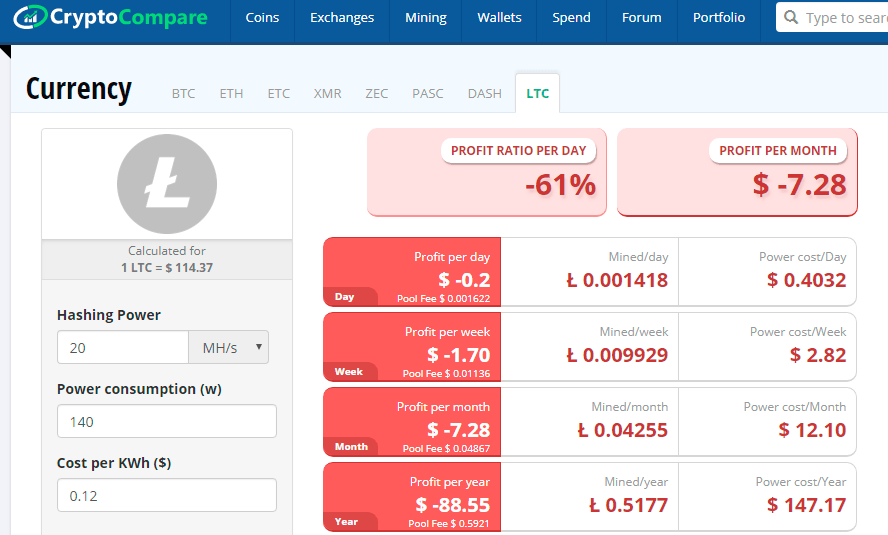
A popular mining calculator: https://www.cryptocompare.com/
A mining calculator provides all of the relevant mining parameters, including:
- the sum of all Litecoins
- market value of Litecoin
- the number of transactions per day
- average value of transactions
- time between blocks
- number of blocks
- block size
Other ways to get Litecoin
Many people do not know that Litecoin mining is not the only method of getting coins. In addition to mining and buying cryptocurrency on an exchange, there are also a number of interesting ways to become the owner of a Litecoin. Here are two of them:
- Litecoin faucets. These are special sites that allow you to earn cryptocurrency by performing simple tasks like viewing ads, registering on a site, or entering Captcha codes. It is true that the rewards here are also very modest. The most famous Litecoin faucet sites are Moon Litecoin, Free-Litecoin, and Litecoin Cryptorials.
- Earning in games. There are a number of online games that use Litecoin as their local currency. You are credited with coins for performing actions, completing missions, etc. Also, in the vastness of the Internet you can find casino sites that use Litecoin, but the chance of winning them tends to be zero so it is better not to deal with such resources.
How to store Litecoin
Similar to fiat money, which requires a wallet, a digital wallet is required to store any cryptocurrency. A cryptocurrency wallet is special software that allows the user to make transactions as quickly, easily, and safely as possible. So what digital wallets are there and how can you choose the right software?
Types of wallets
Cryptocurrency wallets are:
- Desktop wallets are installed on a PC. They are fairly secure, as your keys can only be accessed by hacking into your computer. Among the desktop options, mobile versions can be distinguished from the others. They are the most convenient to use (not tied to one place), but less secure. The best choice for a desktop wallet would be the official Litecoin wallet, which we'll talk about a little later.
- Online wallets are the most vulnerable type of wallet, since the storage of your keys is entrusted to a third party. With an online wallet you will have to deal with speculative and exchange transactions in the market. Popular online wallets are: LiteVault (online Litecoin wallet), Block.io, Rahakott, and Cryptonator.
- Hardware wallets are physical devices that store private keys away from any third party interference. These are the most reliable type of wallet because of their multi-level security system. CoolWallet S (Litecoin hardware wallet), Ledger Nano S, or Jaxx are all excellent choices.
Official Litecoin Wallet
The official website of Litecoin is https://litecoin.com/. Here you can download the wallet to your PC or mobile device, as well as order CoolWallet S.
The process of downloading and installing the wallet is simple and shouldn't cause any problems for the average PC user. After the first launch, the program will ask you to choose a location on the computer to download the blockchain. Synchronization can take several hours and about 10 GB of disk space is needed.
After installing Litecoin Core it looks like this:
The wallet interface is intuitive and easy to understand.
Litecoin and exchanges
Exchange rates are extremely important in assessing the investment attractiveness of a cryptocurrency. Market capitalization and exchange rate dynamics indicate how many investors and speculators are attracted to the asset. The market puts everything in its place.
The rate of Lightcoin, like other currencies, is determined on a cryptoexchange. A cryptocurrency exchange is where digital assets are traded. You can freely buy Litecoin here in exchange for another cryptocurrency or for fiat money. You should consider the difficult history of "digital silver" with all of its ups and downs.
Litecoin price dynamics
The historical chart of Litecoin looks like this:
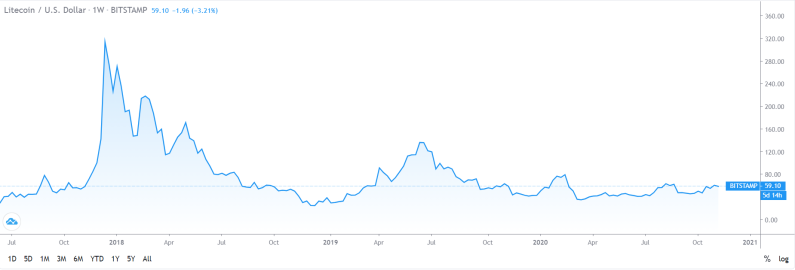
As you can see from the chart, at the best of times one Litecoin could be exchanged for $360.66. Its value fell from this peak on December 18, 2017. Since then Litecoin has lost 90.9% of its value.
Perspectives
Although Litecoin is now going through difficult times, it is still one of the most popular cryptocurrencies that have established themselves over time and are loved by users.
Of course, Litecoin will probably never be able to overtake Bitcoin, but it will most likely not lose its position. Especially considering the fact that it is used as one of the main trading instruments on exchanges and also for buying real goods and services.
Share this with your friends!
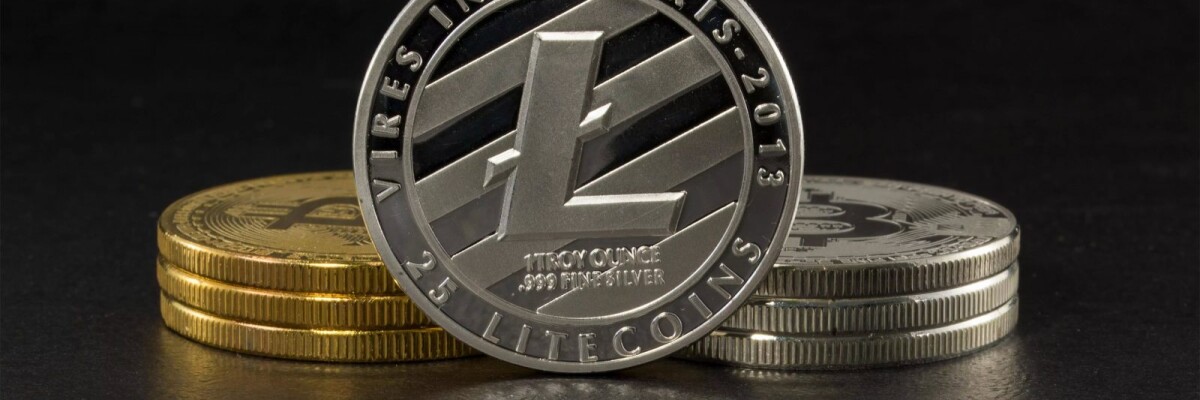
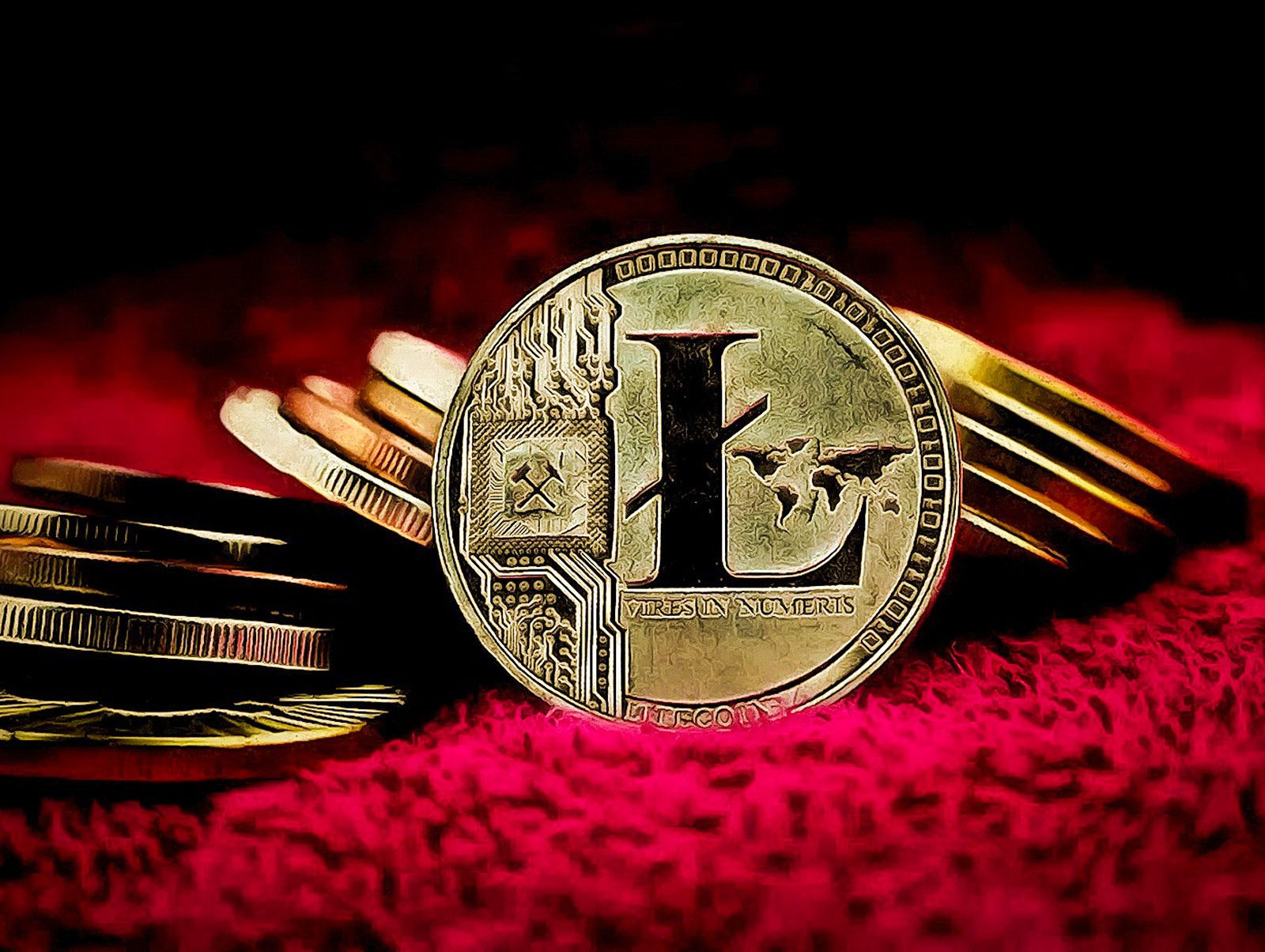

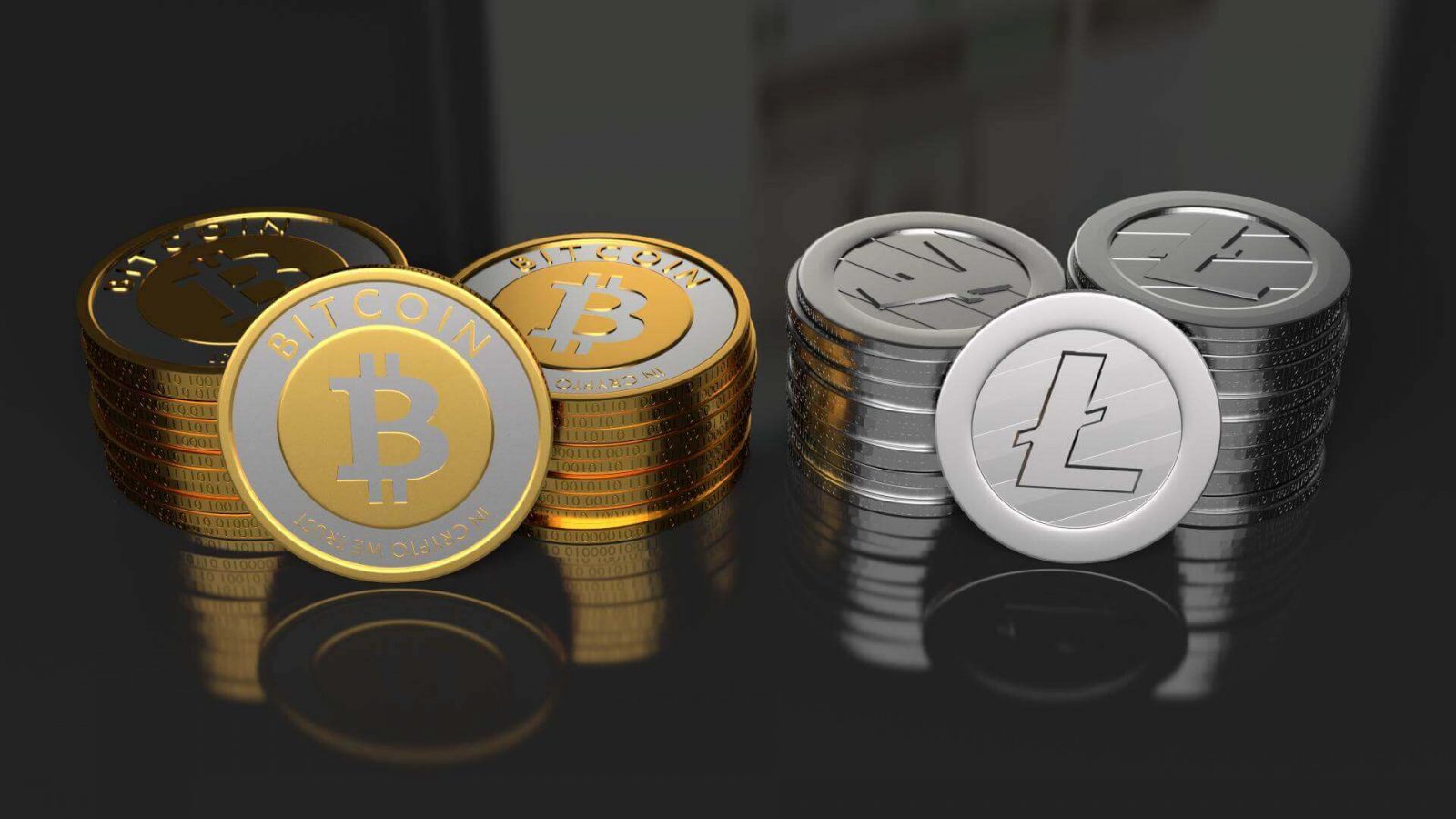
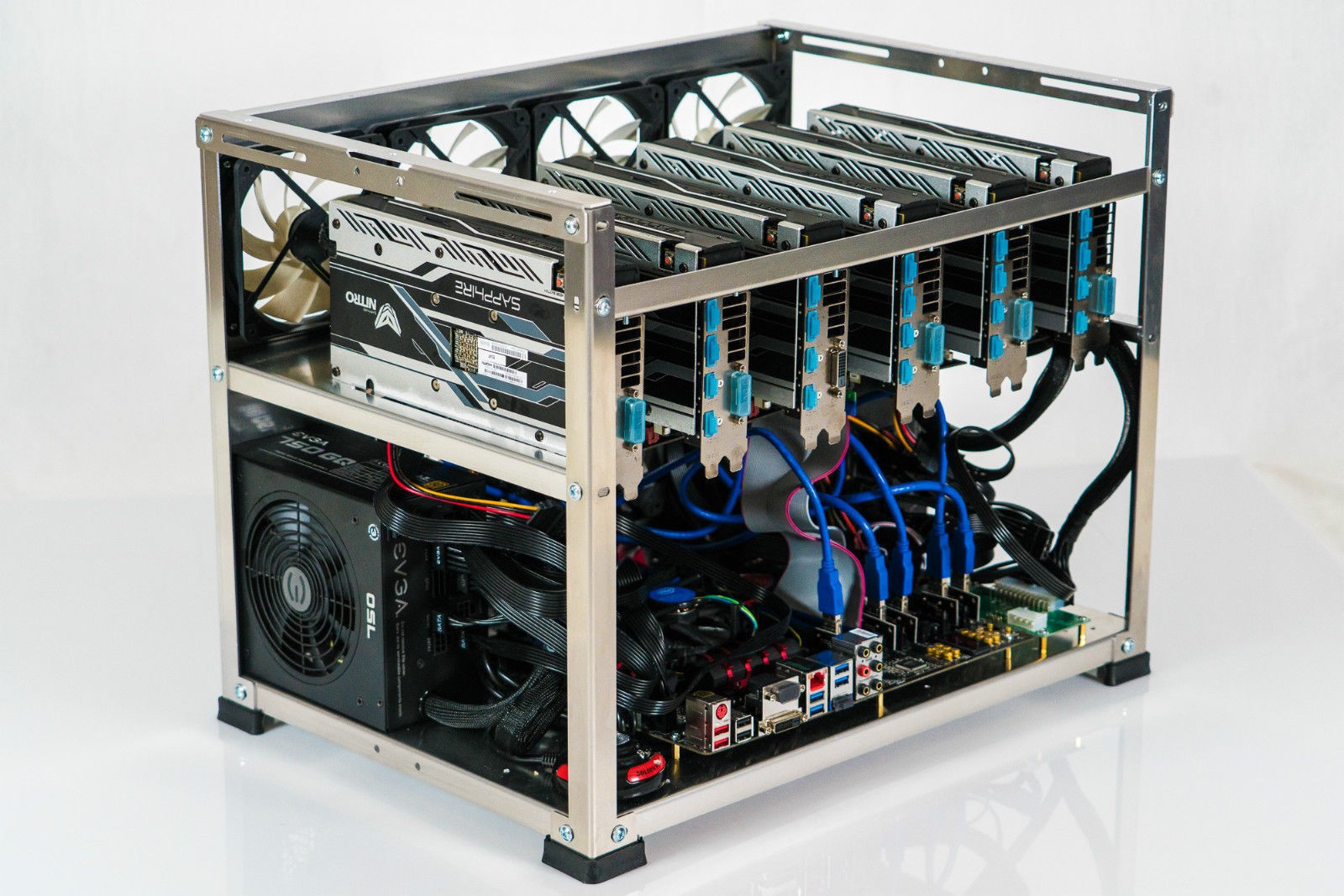
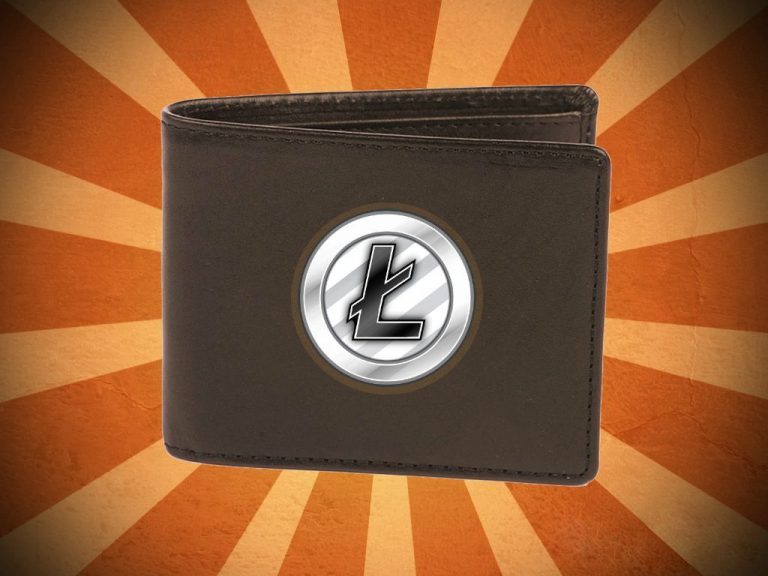
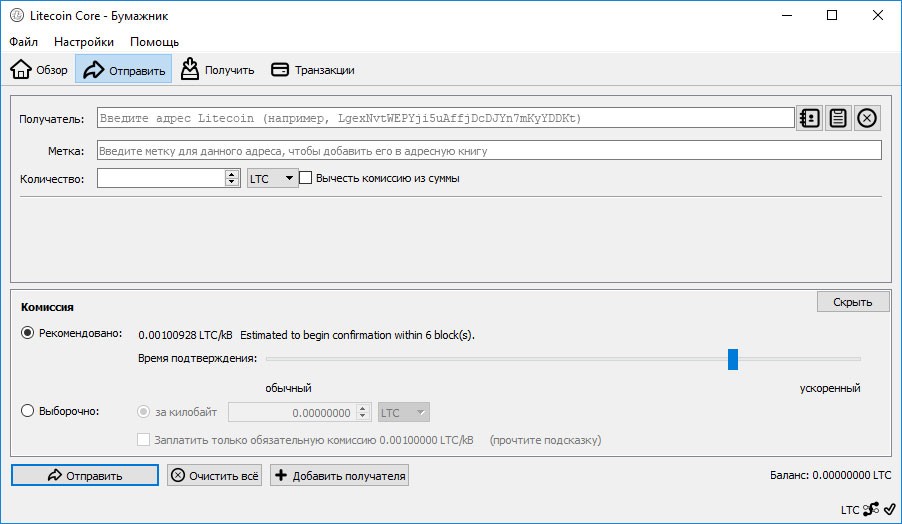





Be the first to comment
Please log in to comment